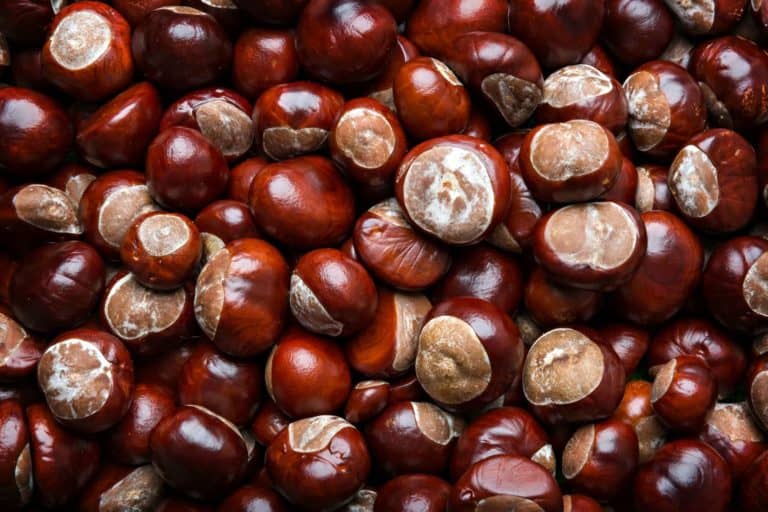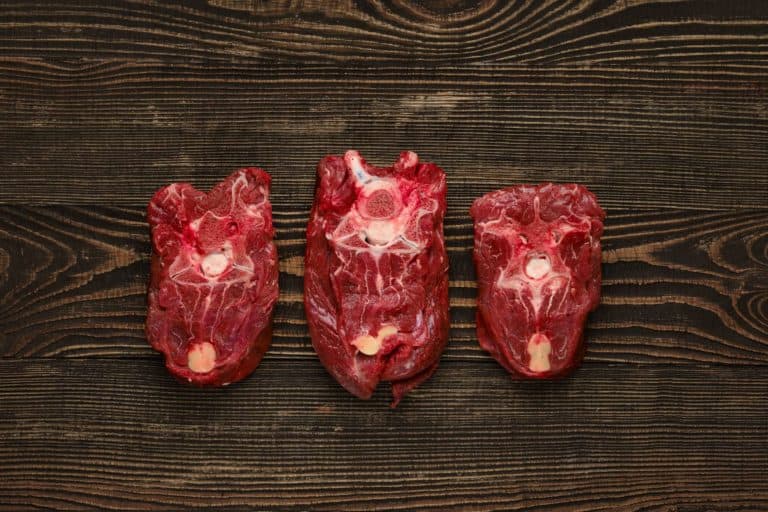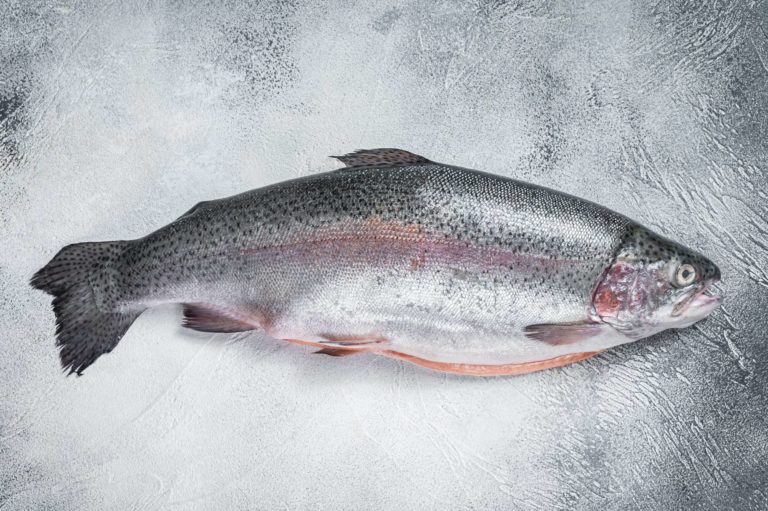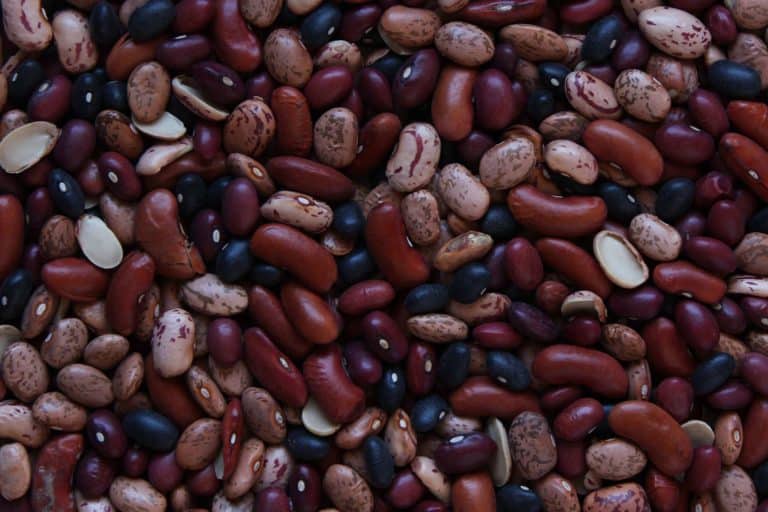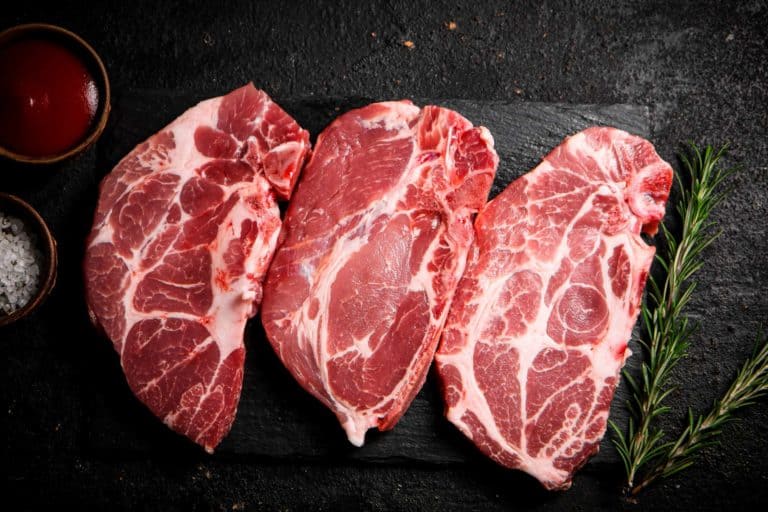ᏗᏓᏎᎯ
Cherokee Foodways
ᏑᎾᎴ ᎠᎵᏍᏓᏴᏗ
A History of Cherokee Foods
ᎪᎯᎦ
Today
ᎤᏓᎷᎸ ᎤᎾᏓᏍᎩᏌᏅ
Pre-Contact (pre-1540)
ᎠᎦᎵᏐᎢ ᎤᎾᏓᏍᎩᏌᏅ
Colonial Contact (1541-1770)
ᎢᎬᏱ ᎤᎾᏓᏚᏕᏫᏛ ᏗᎦᏚᎿᎢ
American Period (1776-1840)

ᎾᏞᎬ ᏄᎵᏔᏂᏙᎸ
Twentieth Century Development (1920-1980)
ᎤᎶᏐᏅ ᏗᏲᎯᏍᏗ ᏗᎨᏥᎾᏝᎢ
Post-War Changes (1860-1920)
ᎤᏠᏯ ᏫᎾᎾᎵᏍᏗᏍᎩ
Acculturation and Removal (1835-1860)
ᎤᏓᎷᎸ ᎤᎾᏓᏍᎩᏌᏅ
Pre-Contact (pre-1540)
ᎤᏓᎷᎸ ᎤᎾᏓᏍᎩᏌᏅ
Pre-Contact (pre-1540)
The illusion of Native Americans being “foragers” couldn’t be further from the truth, and in fact, Cherokee lands were some of the more developed and intensely managed lands, with forests, waterways, and farmed fields all being given their due attention.
ᎠᎦᎵᏐᎢ ᎤᎾᏓᏍᎩᏌᏅ
Colonial Contact (1541-1770)
ᎠᎦᎵᏐᎢ ᎤᎾᏓᏍᎩᏌᏅ
Colonial Contact (1541-1770)
As Cherokee came into contact with Spain, and later Britain, traditional foods remained staples, but new foods began to arrive and to be integrated into the systems of Cherokee foodways. Fruits of European origin were transplanted into already extant orchards and forests nearby, the prevalence of wild hog made it a food that was available when no other meats could be found, and Charleston harbor began to import Western spices, rice, and beans from the harbor to trading posts. Yet, for all of this, at the towns of Chota and Setticoe in what is now Tennessee, Cherokee peoples were making large feasts of corn, beans, peas, and squash and newcomers such as cultivated varieties of potato, traditionally unavailable in Cherokee prior to contact.
ᎢᎬᏱ ᎤᎾᏓᏚᏕᏫᏛ ᏗᎦᏚᎿᎢ
American Period (1776-1840)
ᎢᎬᏱ ᎤᎾᏓᏚᏕᏫᏛ ᏗᎦᏚᎿᎢ
American Period (1776-1840)
American traders and merchants flooded the frontier after the American Revolution and during. With them, they brought even more iron cookware, pans, instruments and devices Cherokee people were quick to adopt, and adapt to our traditional foodways. Game lands and forests that once supplied several towns were hewn down for roads, towns, European style farming, and cattle pasturage. Canebrakes and other native plants were used as easy silage for cattle and hogs, gnawing holes into maintained forests. Deer became more scarce, and the lack of pelts for trade impoverished both the Cherokees and American frontiersmen alike, making this an example of manmade climate change.
ᎤᏠᏯ ᏫᎾᎾᎵᏍᏗᏍᎩ
Acculturation and Removal (1835-1860)
ᎤᏠᏯ ᏫᎾᎾᎵᏍᏗᏍᎩ
Acculturation and Removal (1835-1860)
As the Americans continued to encroach further into Cherokee lands, the once large and well supplied hunting grounds and managed forests were invaded, and cut down through pasturage, deforestation for timber, and development for European farming methods left hunting as an unsustainable practice for many displaced Cherokee people. Now no smaller in population than the previous century, but faced with only about a quarter of the land to work with, European style orchards and hybridized Cherokee-American farmsteads became the norm. Gristmills and farmhouses replaced the older mortars and production methods, the importing and manufacture of metal tools and goods became the standard, and traditional foodways now had to share and mingle in their existence with the new fangled American cookeries that now inundated the frontier. Cherokee farmers turned to pasture to replace the meat lost from the vanishing forests, but still replied upon the remaining woods for the occasional bear or deer.
ᎤᎶᏐᏅ ᏗᏲᎯᏍᏗ ᏗᎨᏥᎾᏝᎢ
Post-War Changes (1860-1920)
ᎤᎶᏐᏅ ᏗᏲᎯᏍᏗ ᏗᎨᏥᎾᏝᎢ
Post-War Changes (1860-1920)
One of the best primary source documents for making traditional Cherokee foods is Aggie Ross’s Bean Bread Recipe, with fresh meal corn, pounded in a Kanona, a traditional mortar for grinding meal. Nixtamalization, or the process of using wood ashes or lye to turn corn meal into hominy corn , has been a method of preparation of corn since before contact, but it shows the resilience of our traditions that the Cherokee method was and remains preserved in our community before and after removal. The lack of salt in the meal is to keep it held together, and Aggie notes specifically that using freshly ground meal corn is highly preferred, with unbolted cornmeal “tasting poorly.”
ᎾᏞᎬ ᏄᎵᏔᏂᏙᎸ
Twentieth Century Development (1920-1980)
ᎾᏞᎬ ᏄᎵᏔᏂᏙᎸ
Twentieth Century Development (1920-1980)
Oral history is quintessentially Cherokee. To learn stories from our elders, and to pass along information that has been known for generations is what makes us natives. To know how to harvest ramps correctly, how to boil and clean wisi, or the memories we make getting rust on our fingers from picking sochan, all these things are native history and culture. There is no such thing as unimportant. To this end, the last recipe here is a bit of our modern luxuries mixed with our old foods, bringing a dish to the table that represents a bit of everywhere our food culture has been. It’s with great hope that we can keep making food together as Cherokees and to keep our food alive for another thirty-five generations, as everyone who came before us has. If we stop doing it, that’s it and it will be gone. May we eat these foods together for many years to come.

ᎪᎯᎦ
Today
Today, Cherokee is faced with a large number of cultural crises that all stem from the same root cause of assimilation and intentional destruction of our cultural heritage and history from systemic American political discrimination and economic colonization. One such impact of this is that we face a number of health problems, both mental and physical. The most powerful tool we’ve always had against the banners and business of colonization has been community. Taking the small time to cook at home, even occasionally, and helping others to learn and understand our foodways is a way we can all help.
Get out and ask your elders, your friends, and those around you the stories they have about food, whether it’s making it, harvesting it, or eating it. Oral history needs to be spoken to be transmitted, and can only be maintained in the library of the general community. It’s not a singular individual, but all of us who must carry a bit of the weight each, and without our collective efforts, we won’t be able to preserve our culture in any way.
Food is singularly one of the most important and binding elements of Cherokee thought, presenting us with community, social rules and obligations, and being the basis for even our word for Civics (Ga-du-gi), being cognate with Bread (Ga-du). In this way as it is made, corn grains give up a bit of themselves to be part of the whole, that is better for it. So we are brought together just like the bread is by community, and we are thus brought together by the bread. It’s in our mutual wellbeing and community that we all share in, and that’s what being Cherokee is.
May you enjoy these recipes, and that you enjoy them with good company.
ᏗᏓᏴᎳᏘᏍᎩ
Videos
Cherokee Foodways and Culture
Traditional Foodways and Assimilation
What are traditional foodways?
Preservation of History & Oral History
How can we preserve our cultural values?
ᏗᎳᏍᏕᎵᏍᎩ
Resources
The information on this page, including the recipes and videos, were provided by the research of Watson Harlan.
Watson is a member of the Painttown Community, a citizen of the Cherokee Nation and a lifelong resident of the Eastern Band. With a Bachelor’s of the Arts in History with a minor in Native American and Indigenous Studies, he is a social and economic historian who specializes in Colonial Period Cherokee History. Watson has worked as an independent cultural contractor and historian for three years, and has worked with multiple programs for the Eastern Band, the State of North Carolina, and the Museum of Early Southern Decorative Arts as a lecturer and consultant. As a member of Bird Clan, Anitsisgwa, he believes in preserving history as a community endeavor through oral history, reproduction of traditional crafts, arts, foods and performance pieces.
For further reading, see his annotated bibliography.


